|
Also available for Wii, 3DS, Wii U via Virtual Console (Japan only), and Switch I've been a huge fan of the Fire Emblem series for more than a decade now. Truth be told, it's not only my favorite Nintendo franchise but my favorite video game series in general. I absolutely love the in-depth world building, the robust character development, the rich narratives, and the intricate strategies involved in obtaining victory while minimizing casualties. I love the optional recruits that you can easily miss if you don't bring the right fighter to the right battle, if you forget to visit an out-of-the-way village, or if certain characters fall in battle. As my favorite series, it's been a longtime goal of mine to collect every game in the series (as of the post date, I'm only missing Binding Blade on GBA and New Mystery of the Emblem on DS). When a buddy of mine hooked me up with a copy of the original game for a damn cheap price, I was ecstatic and couldn't wait to play it and see where my beloved series began. Having previously played both Shadow Dragon and Mystery of the Emblem, this was my third time experience the story of Altea's betrayal and Prince Marth's journey to avenge his family and free the world from the eldritch grip of the earth dragon Medeus. The basic story is that the Kingdom of Archanea is a sacred nation tasked with protecting the peace of the continent of the same name. 100 years before the game's setting, the "Shadow Dragon" Medeus led the armies of Dolhr in an invasion of Archanea, shattering the world's peace and plunging the realm into darkness. That is, until a young hero fro Altea named Anri rose up and smote the dark Medeus with the divine blade, Falchion. 100 years later, Medeus is resurrected by the "Dark Pontifex" Gharnef, and he leads the armies of a small handful of nations he's either conquered or coerced into allying with him and conquers Archanea and Altea, slaying Altea's King Cornelius, descendent of Anri, and sending Altea's Prince Marth into hiding in the allied nation of Talys until, years later, war comes to Talys, too, thrusting Marth onto the world's stage as humanity's last hope to defeat Gharnef and Medeus. Being an older game for Nintendo's 8-bit titan, I expected the game to be much more basic than the later entries to which I'd gotten used. I supposed I allowed myself to be spoiled by the Super Famicom's Mystery of the Emblem, however, because I was surprised at just how primitive, for lack of a better word, Shadow Dragon and the Blade of Light was. Gone was the available paths when you select a character; you just have to keep pressing the D pad until it won't go anymore to see where you're able to move a selected unit. Gone are the highlighted squares of possible attack; you have to cycle through selected enemies until you pick one you want to attack. Gone are battle previews, giving you a glimpse of how you'll fair against a given foe before committing to the attack. Your storage caravan isn't gone completely, but it is dramatically changed and rendered a chore to use. In subsequent titles, you had the option to storing or withdrawing items in storage when you're selecting your units to deploy prior to starting a mission. In this game, however, the only way to use the storage caravan - storing or taking - is to visit a storage building on the battle map, wasting turns as well as leaving yourself vulnerable to attack. That's not all that was omitted from this first title, however. I quickly discovered that this inaugural game lacked the feature central to all of my Fire Emblem tactics. Gone is the weapon triangle, a staple of Fire Emblem's tactical system. You can't count on swords to have an advantage against axes, axes an advantage against spears, and spears an advantage against swords in this game. It does, however, still feature the weapon type weaknesses. By that I mean that bows are still especially effective against flyers, Armorslayers still deal extra damage to armored units, Kill weapons still have higher critical hit rates, etc. The absence of the weapon triangle was probably the most stark and unexpected different, to be honest; I had to change the way I approached strategies completely. While it's true that I consider all of those to be negative things, I want to caution you, dear reader, against forming an opinion on the game already, and I say that for two reasons. First and foremost, I haven't talked about the things that the game does brilliantly yet. Secondly, it's not entirely fair to judge the game too harshly on those omissions; it is, after all, the first game in the series. There were no succeeding or preceeding games to established what is or is not a "staple" of the series. The first game in a series on the company's first console should expected to be rather rudimentary in comparison to its later iterations on more powerful hardware. It's definitely hard to go from newer Fire Emblem games back to the original, but that shouldn't invalidate the original as a worthwhile SRPG. Now that we've talked about some of the weaknesses of the game, let's talk about some of the positives. It is, at its core, still the same Fire Emblem that even the recent Fates is. Yes, it's a bit bare bones in comparison, but it's still the same core turn based grid tactics at its heart. Even without the weapon triangle, careful strategies are still needed, especially in the later stages when most of your enemies have extremely high defense or are literal fucking fire breathing dragons. The story, however, as is par for the course with Fire Emblem, is excellent. Being on more primitive hardware and the first game in the series, the character development isn't as rich or in-depth as in later remakes, but the narrative is still fabulous, and you really get a sense for the gravity of the world's situation. The visuals are quite good where character models are concerned. The environments can feel a bit bland and same-y, but you do get a fair variety, going from islands to plains to mountains to desert. Unfortunately, there are a couple of complaints I have with the game that go beyond its status as first of the series and limits of the hardware. These complaints are pure design choices of which I question the efficacy. Let's start with my lesser gripe. There's no ability to grind whatsoever. This isn't unheard of in Fire Emblem games - if memory serves, the first game in the series to have an option for level grinding if your fighters are underleveled was Awakening - but that doesn't negate the fact that an RPG with no real ability to grind for experience is a recipe for brutality. You have arenas in a few towns in which you can try to grind out some exp, but if you don't get stuck until a mission without an arena, you're up a creek without a paddle. My bigger complaint, however, is with a design choice that has remained in subsequent remakes including Shadow Dragon on the DS - the acquisition of Starlight. To defeat Gharnef, you MUST have the spell Starlight because that's the only thing that can damage him through his Imhullu spell. You have to defeat Gharnef not only in order to clear a mission towards the end but also to get Falchion, the only weapon that can slay Medeus in the last battle. If you don't have Starlight, you can't kill Gharnef and get Falchion; if you don't have Falchion, you can't kill Medeus and finish the game. The problem comes from the assembly of Starlight; you must bring the Star Orb and the Light Orb to Gato so he can fuse them into the Starlight tome. These two orbs, along with the optional Earth Orb, are in a shrine in which you fight a battle towards the end of the game. One of those orbs is a drop from an enemy that you need to kill. No problem. To get the other one, however, you have to pick the right chest out of eight on the map, and these chests are hidden behind four doors - two behind each door. If you didn't bring a thief, or if your thieves are all dead, or if you don't have any keys to open doors, guess what? You literally can't finish the game. Your only option is to start all the way over at the beginning of the game. That fucked me over HARD years ago when I was playing Shadow Dragon on DS, so I knew to keep this in mind when playing through this game and Mystery of the Emblem, but it still seems like a really dick design choice to me. I know I've spent more screen space talking about negatives than the positives, but this really was a good game. It's rather slow paced and not particularly exciting when compared to the later games in the series, but Fire Emblem: Shadow Dragon and the Blade of Light really isn't a bad game. It's just rather primitive by more modern standards. Because it's been remade three times (Mystery of the Emblem is an enhanced and expanded remake on SNES, New Mystery of the Emblem is a remake of THAT on DS, and Shadow Dragon is a straight remake of the original on DS), I can't recommend this for anyone except hardcore fans of Fire Emblem (like me) or hardcore Famicom fans/collectors, but it ought to be respected as a good first game and the progenitor of a legendary series, especially since to the best of my knowledge, there hadn't been a game quite like this before. Nintendo wanted to blend the strategic depth of Famicom Wars with the narrative and role playing depth of Final Fantasy and Dragon Quest, and Fire Emblem was the result of that idea. I'm glad I played through Shadow Dragon and the Blade of Light so say that I did, but it's definitely not a game I'm planning to revisit in the future. My Rating - B |
I'm a teacher.And I like to play video games. I like to collect video games. I like to talk about video games, and I like to write about video games. During the day, I teach high school history; during the night, I spend my spare time gaming. Then I write about it. Archives
April 2024
|
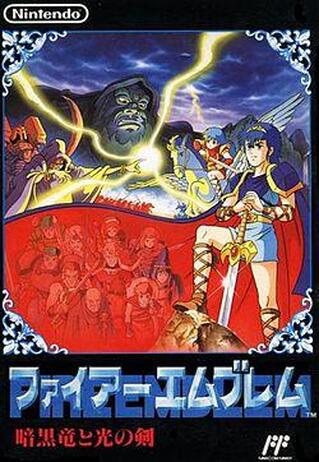
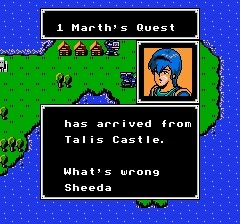
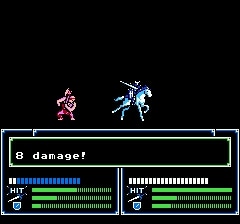
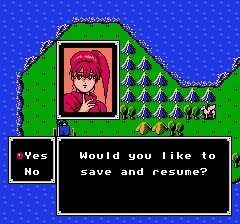
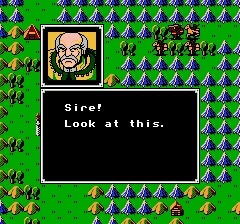
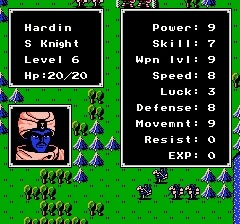
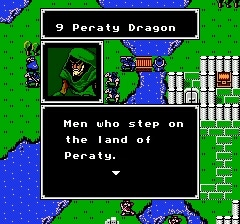
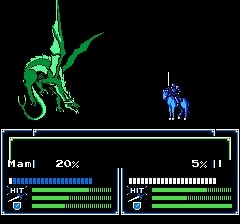
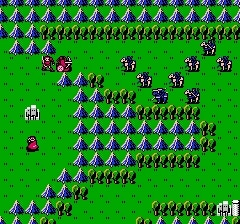
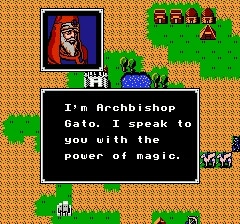
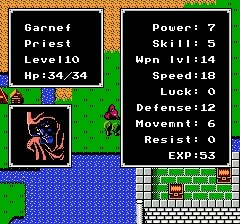
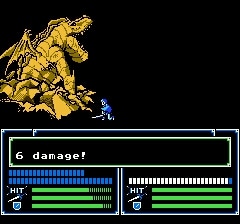
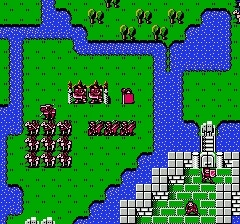
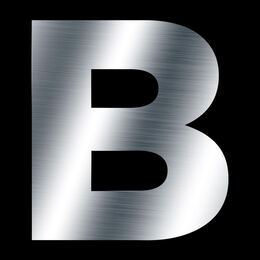
 RSS Feed
RSS Feed
